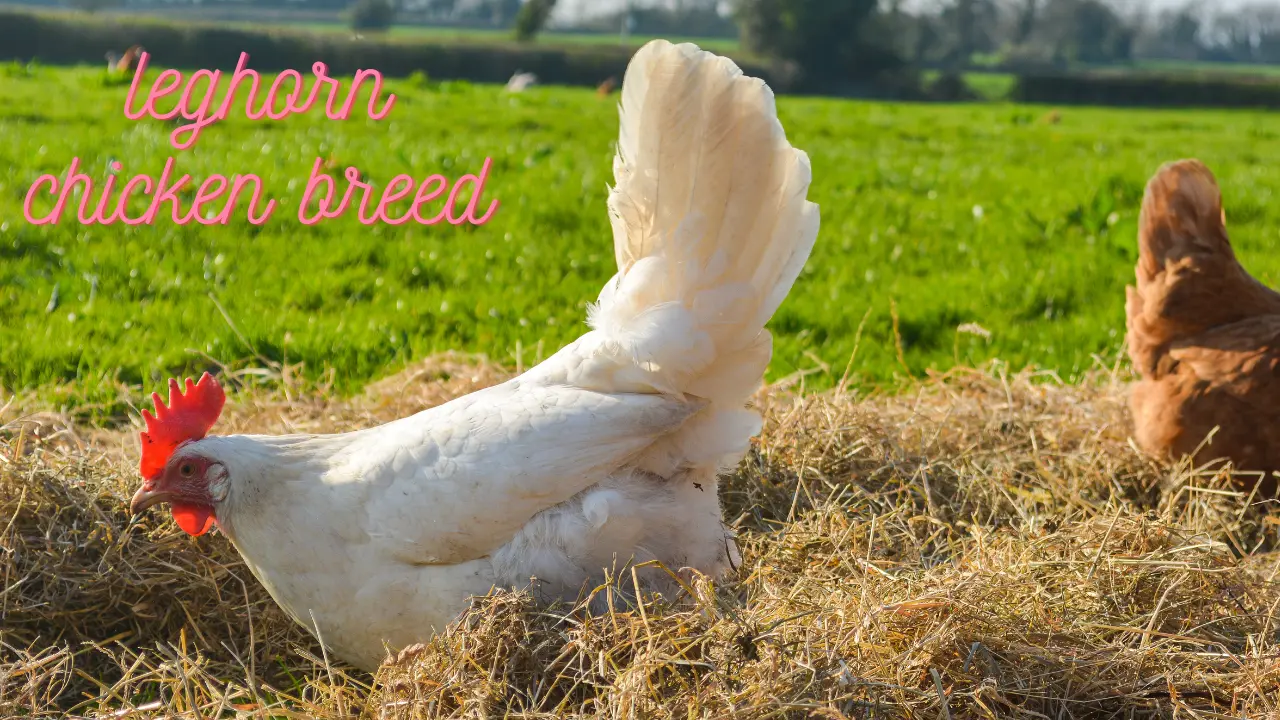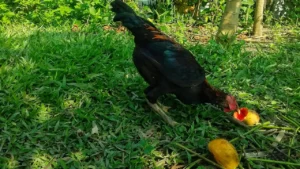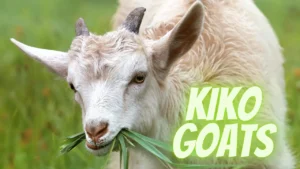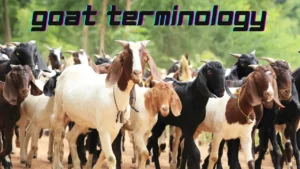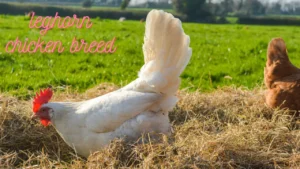The Leghorn is a popular breed of chickens especially known for being strong egg producers. These chickens lay large white eggs which have become a staple in grocery stores particularly in the United States. Thanks to marketing consumers tend to associate white eggs with being more sanitized and clean unlike brown eggs which are often viewed as dirty. This makes the Leghorn breed an ideal choice for business set-ups focused on egg production.
Leghorn Chicken Breed History
The Leghorn chicken breed has a long history dating back to Tuscany, Italy where they were developed from small landrace chickens in the Tuscan region. These chickens, originally called Livornese were known for their excellent egg production and gentle temperament. The breed’s name, Leghorn, is an Anglicization of Livorno, the port city from which these chickens were first exported to North America in the mid-1800’s. By the 1820’s they gained popularity in America and became essential to commercial egg farms.
Although the exact lineage and origin of the Leghorn are unclear they became a widely recognized breed by the 1880’s. The white variety of Leghorns was initially known as Italian Fowls or White Spanish. These chickens were described in the Poultry Bulletin of 1881 as precocious layers with large combs. Over time brown Leghorns were also imported and by 1835, Mr. N.P. Ward played a significant role in breeding them. The breed continues to be one of the most popular for egg production worldwide known for its strong and reliable performance on farms across the globe.
Are Leghorn Chickens Considered Heritage or Modern Breeds?
Leghorns are commonly known as a heritage breed of chickens. They were one of the first chicken breeds to be recognized by the American Poultry Association in the 1870’s. This recognition was for their perfection across various varieties including white, brown and black. While Leghorns have a long history they are still widely raised today, making them an important part of both heritage and modern poultry farming.
Appearance of the White Leghorn Chicken Breed
The White Leghorn chicken is known for its sleek white feathers and yellow legs, which give it a distinctive and attractive look. With its single comb, rose comb and white earlobes this breed is highly recognizable and popular in poultry farming. The red wattles and large floppy red combs of the hen are noticeable but unlike some breeds the floppy combs are simply due to their size and not a sign of illness.
This variety is often the most commonly recognized and has a classic appearance. The white variety of the Leghorn chicken is associated with high egg production and is widely used for its egg-laying abilities. Their bare legs, four toes and upright tail further define their unique physical features. This breed also includes other color varieties like Black, Buff, Silver and Brown but the White Leghorn remains the most sought-after for its consistency in production and health.
What is the Weight of a Leghorn Chicken?
A Leghorn chicken’s weight can vary depending on its gender and age. Roosters typically weigh around 8 pounds while hens are smaller, averaging about 5 pounds. Cockerels usually weigh around 5 lbs and pullets are lighter at 4 lbs. Leghorns are considered a smaller breed compared to other chickens, such as the Columbian Wyandotte which are more cold tolerant and hardy. Their size and weight also contribute to their increased flight capabilities compared to larger breeds.
Typical Lifespan of a Leghorn Chicken
The Leghorn chicken has an above average lifespan of 4 to 6 years in backyard confinement which is typical since most chickens live between 3 to 7 years. However, Leghorns used as commercial egg layers tend to have a shorter life expectancy usually living 2 to 3 years.
This is due to their high production of eggs which takes a toll on their bodies and reproductive system. As they age, their egg production decreases contributing to a shorter lifespan. Isa Browns also experience similar outcomes due to their high egg-laying demands.
What Color are Leghorn Chicken Eggs?

Leghorn chickens are known for laying white eggs, which are commonly found in many grocery stores. Their egg production typically begins around 20 to 24 weeks but they can start as early as 18 weeks. These eggs are consistent in color and as the chickens age egg production usually decreases by 10 to 15% each year. However, the white eggs laid by Leghorns are widely considered a staple in the egg industry.
Egg Production of Leghorn Chickens
Leghorn chickens are great egg producers, laying 4+ large white-sized eggs per week. In their first year, they can produce around 280-320 eggs with a proper diet and care.
Are Leghorn Chickens Capable of Breeding?
Leghorns are well-known for their egg-laying abilities, but they lack strong maternal instincts. While they can breed naturally they rarely sit on their eggs making hatching difficult without human intervention.
These chickens reproduce prolifically, but since they don’t brood well farmers often rely on incubators or insemination to increase hatch rates. Despite their natural ability to lay many eggs their role in the breeding process is mostly left to external support.
Are Leghorn Hens Broody?
Leghorn chickens are not known to be broody because breeders have made careful selections to reduce this tendency. While they are excellent for egg production they rarely breed and hatch eggs on their own.
Do Leghorn Chickens Handle Tough Conditions Well?
Leghorns are a breed that thrives in warm climates due to their heat tolerant nature. Their large wattles and floppy comb help cool down their body heat by allowing air to flow through their circulating system. However, in hot, sunny weather, they need shade and access to water to stay comfortable.
While they are not very cold hardy or disease resistant, they can adapt to winter if kept warm and protected from frostbite. During severe cold, a heater or brooder may be needed especially in an unheated chicken coop. Even in extreme conditions like -22 wind-chill they can survive when properly enclosed with the right accommodations.
Health Challenges in Leghorn Chickens
Leghorns are generally healthy but they can face certain diseases and illness. One common issue is frostbite on their comb and wattles, especially during cold harsh winters. Proper housing is necessary to keep them warm and prevent complications. Providing oyster shells and grit helps strengthen their eggs by ensuring they get enough calcium. A deficient diet can lead to health complications and even a shortened lifespan in laying hens.
To maintain their health adding vitamins to their water as a precaution can help prevent deficiencies especially in younger birds that are still integrating into the flock. Regular checks for parasites and general illnesses are important, as early signs can be subtle. Keeping a watchful eye on their behavior and diet ensures they stay active and productive.
Are Leghorn Chickens Good For Meat Production?
Leghorns are an average-sized chicken breed not ideal for meat production in abundance. They are more recognized for their egg-laying abilities making them a better choice for poultry farmers focused on eggs.
Are Leghorn Chickens Noisy?
Leghorns are a vocal breed, making them better suited for rural farms than densely populated areas. The hens produce an abundance of noise and often squawk while the roosters are known for their constant crowing. This makes them a challenge for urban communities where quieter breeds are preferred.
Behavior and Temperament of Leghorn Chickens
Leghorn chickens are often described as gentle, but their behavior depends on their environment. They are naturally flighty and skittish especially if not consistently held. In a flock they establish a strict pecking order, sometimes acting aggressive toward new chickens in the coop. Compared to breeds like Barred Rock and Maran, they tend to be more dominant. Some roosters can become protective, especially around female visitors, and may even charge or attack if they feel their hens are threatened.
Despite their sometimes hardest nature they can be suitable for children who are comfortable around animals. However, a more docile and less skittish breed may be better for those with less exposure to farm life. In some cases they may chase another rooster when he mounts a hen believing he is hurting one of their girls. Based on research, while they are generally good birds their temperament can vary based on handling and environment.
Leghorn Chicken Housing Requirements
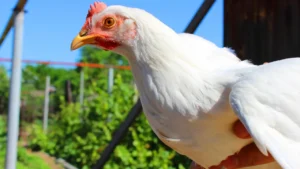
As an average-sized breed, Leghorns need proper space to stay happy and healthy. Each bird should have at least 4 square feet inside the coop which must be secure and free from drafts. While they can handle cold temperatures, an unheated coop should still offer protection especially on the coldest days of winter. A well-designed enclosed run with at least 10 square feet per bird is recommended to provide enough room for movement and reduce stress.
During hot, sunny weather, a roofed run with good airflow is essential. Free access to a shady cooler area inside the coop helps prevent overheating especially when temperatures reach 90 degrees or more. Proper ventilation and a well-structured living space ensure that Leghorns remain comfortable year-round.
Pros and Cons of Leghorn Chicken Breed
Pros:
- High Egg Production – Leghorns lay 280-320 white eggs per year making them one of the best egg-laying breeds.
- Heat Tolerant – They handle warmer climates well due to their small body size and large combs that help release heat.
- Low Feed Consumption – They eat less compared to other breeds while still maintaining excellent egg production.
- Hardy and Active – Leghorns are strong birds with good survival instincts making them easy to raise.
- Low Maintenance – They require minimal care making them a suitable choice for beginners.
Cons:
- Flighty and Skittish – Leghorns are not very friendly and can be hard to handle due to their nervous nature.
- Noisy – They are quite vocal, making them unsuitable for urban areas or noise-restricted places.
- Not Good for Meat Production – They have a small body size producing little meat compared to dual-purpose breeds.
- Cold Sensitive – Their large combs and wattles make them prone to frostbite in colder climates.
- Aggressive Roosters – Some roosters can be overly aggressive sometimes requiring a cull for flock safety.
FAQs About Leghorn Chicken Breed
Are Leghorn chickens good for egg production?
Yes, Leghorns are excellent egg layers, producing up to 280-320 eggs per year with minimal feed consumption.
Do Leghorn chickens tolerate cold weather?
They are not very cold hardy due to their large comb and wattles but a secure coop without drafts helps them stay warm.
Are Leghorns friendly and easy to handle?
Leghorns are flighty and skittish making them less affectionate but they can become calmer if handled consistently from a young age.
How much space do Leghorn chickens need?
Each bird requires at least 4 square feet inside the coop and 10 square feet in an enclosed run to stay happy and healthy.
Can Leghorn chickens be kept in urban areas?
They are very vocal and noisy making them better suited for rural farms rather than densely populated areas.
Is the Leghorn Chicken a Good Choice for You?
Leghorns are a great choice for those looking for high egg production and white eggs. They are highly suitable for beginners due to their ability to produce a large number of eggs with minimal feed. Their heat tolerance makes them ideal for warmer climates but they may struggle in a colder climate. If your purpose is egg farming rather than meat these breeds are an excellent option.
However, if you are considering chickens for a family setting they may not be the best fit. They are not very children-friendly and some roosters can become overly aggressive, sometimes requiring a cull. If health and temperament are key concerns in your decision you may want to explore other chicken options that are gentler and more social.
